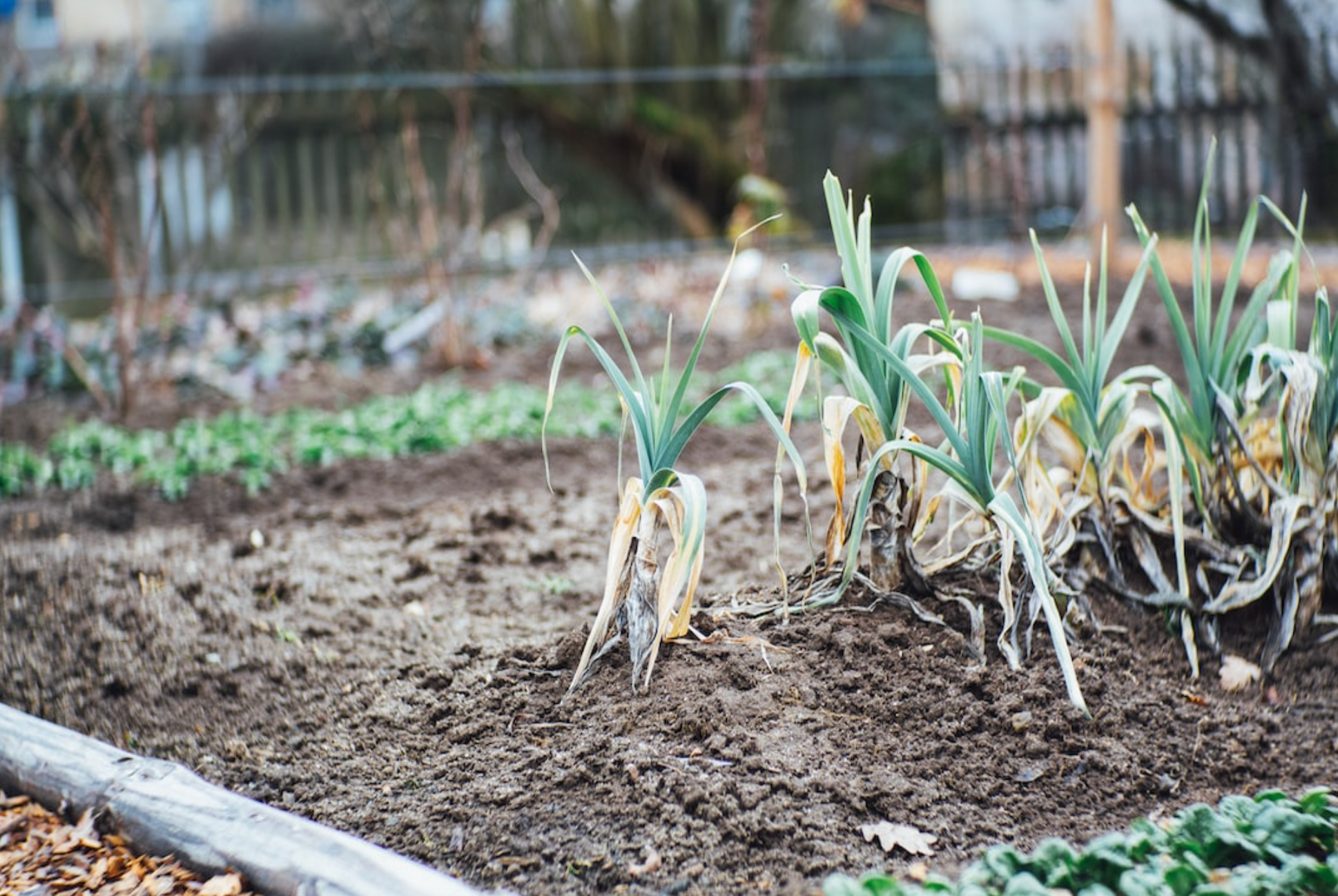Thriving Naturally: An Introductory Guide to Self-Sustainable Living
Thriving Naturally: An Introductory Guide to Self-Sustainable Living
In a world overrun with chaos, chemical toxins, and disease, more individuals are choosing to reject the toxic conveniences of our modern lifestyle and opt for a more natural and self-sustainable life. Self-sustainability affords us a life far less reliant on a corrupt system fueled by corporate greed to keep us in fear and in poor health.
Embracing practices like canning, making your own natural cleaning supplies, and being prepared for whatever the world’s chaos may throw at your family are effective ways to foster a sense of self-reliance and start to detach from a lifestyle that is toxic to your health.
DIY Natural Cleaning Products
Living sustainably often begins at home, and one impactful way to reduce toxic exposures in your daily life is by making your own natural cleaning products. By doing so, you reduce your reliance on commercial cleaners that often contain harmful chemicals. Many household products, even those labeled ‘green’ can be toxic and associated with neurotoxicity, harm to the respiratory and reproductive systems, and increased risks of cancer.1
Here are some simple and affordable recipes to get you started towards a healthier, more self-sustainable lifestyle:
All-Purpose Cleaner:
- Mix equal parts water and white vinegar.
- Add a few drops of essential oils like tea tree, orange, or lavender for a pleasant scent and added antibacterial properties.
Citrus Infused Vinegar:
- Combine citrus peels (lemon, orange, or grapefruit) with white vinegar.
- Allow the mixture to infuse for a few weeks, then strain.
- Dilute with water as needed for an effective and natural cleaner useful on a variety of surfaces including appliances, glass, bathroom and kitchen surfaces, hardwood floors, porcelain, and ceramic tile.
Baking Soda Scrub:
- Mix baking soda with water to form a paste.
- Use it to scrub surfaces like sinks, countertops, and stovetops.
Glass Cleaner:
- Mix 2 cups of isopropyl rubbing alcohol with 2 teaspoons of dishwashing liquid and 2 cups of water
- Use to clean glass surfaces as you would a standard commercial product.
Jewelry Cleaner:
- Combine equal parts of water and ammonia.
- Soak jewelry for about 15-20 minutes: Avoid prolonged soaking that can damage the jewelry.
- Scrub with a soft-bristle brush, and rinse thoroughly.
Food Preservation: Canning Foods
Canning is an effective way to become less attached to the grocery store and save money by effectively preserving your food for long-term storage and later use. Canning involves sealing your foods in a glass jar and either using a water bath for highly acidic foods such as jellies or jams or pressure canning for low-acidic items such as beans and vegetables. Each step of the process should be followed closely to avoid the development of harmful bacteria and extend the shelf-life of your canned foods.
Some important points include utilizing mature, tender, clean foods packed into standard canning jars with all air bubbles removed. If a jar is sealed, it will have a concave lid. It is important to stop the activity of nutrient depleting enzymes and harmful microorganisms by heating the jars to a high enough temperature prior to sealing. Canned food can be stored in dry, dark areas for up to a year and a half!
Preserving seasonal produce through canning not only helps you save money and reduce food waste but also allows you to enjoy homegrown flavors throughout the year. Below is a basic guide to get you started with canning at home but more comprehensive guides can be found including the USDA’s free online Complete Guide to Home Canning which can serve as a useful reference.
1. Choose Fresh Produce:
- Select ripe, high-quality fruits and vegetables for canning.
2. Sterilize Jars and Lids:
- Thoroughly clean and sterilize canning jars, lids, and bands.
- Wash the bottle with hot, soapy water, using a brush to remove any residue to ensure a bacteria-free environment.
- Simmer the lids and bands in a saucepan of water and avoid boiling which can damage the rubber seal.
3. Inspect Jars for Damage:
- Ensure your jars are free of any imperfections, cracks, or chips that may possibly compromise the seal, do not use if damaged.
4. Preheat Jars:
- Place jars upright in a large pot and fill with water until jars are fully submerged.
- The use of a canning rack can help prevent direct contact with the jars and the pot which can be damaging.
- Bring water to a simmer, not a boil and let simmer for 10-15 minutes.
- Allow to air-dry upside down on a clean towel or place in an oven for about 10 minutes at 223 degrees until completely dry.
4. Follow Safe Canning Practices:
- Refer to your preferable canning source and learn about water bath canning for high-acid foods and pressure canning for low-acid foods.
- Adhere to recommended processing times and procedures for each type of food.
- Place sterilized lids on the jars and secure them with the bands making sure they’re not overly tightened.
5. Label and Store:
- Clearly label each jar with the contents and date.
- Store in a cool, dark place for optimal preservation.
Preparedness Tips
Being self-sustainable also involves preparing for unforeseen circumstances and in a world where chaos seems to never end, it’s a peace of mind worth having. Whether it's a natural disaster, a bioweapon disguised as a pandemic, or a temporary disruption in the supply chain, here are some preparedness tips:
Emergency Food Supply:
- Build a pantry stocked with non-perishable items like grains, canned goods including your own canned foods, dried fruits, nuts, pasta, rice, oatmeal, cereal, shelf-stable milk, nut butters, and crackers.
- Don’t forget to include a can opener with your supplies and don’t forget to consider your pets and baby formula and food if applicable.
Water Storage:
- Ensure you have an ample supply of clean water stored for emergencies of at least 3 days per person.
- The general rule is about 1 gallon of water per person per day for drinking and basic hygiene needs. Hotter climates may cause water needs to increase.
- Don’t forget to consider special circumstances like nursing mothers, pregnant women, and pets.
Learn Basic Skills:
- Acquire basic skills such as gardening, first aid, and even basic carpentry for self-sufficiency.
- Prioritize core survival needs like food, water, fire, and shelter.
- Take a survival course or workshop that can help you learn basic skills including navigation, wild foraging, water purification, knot tying, and first-aid.
Create a Family Emergency Plan:
- Develop a plan with your family for evacuation routes, communication, and meeting points.
- Make sure to review the plan with everyone in your household and practice it thoroughly to make sure everyone is on the same page.
Taking steps to integrate simple practices like those presented above is an excellent way to embrace a self-sustainable lifestyle that will enhance your self-reliance and quality of life overall. By incorporating these practices into your daily life, you set yourself up for a future where you can enjoy the satisfaction of a resourceful and resilient lifestyle detached from the toxic corruption of corporate greed.
Reference:
-
Andrews, D. Q., & et al. (2023, November). Volatile organic compounds emitted by conventional and “green” cleaning products in the U.S. market. Chemosphere, 341. Retrieved from: https://doi.org/10.1016/j.chemosphere.2023.13957
SUBSCRIBE TO OUR NEWSLETTER
Recieve our latest weekly releases, offers, guides and more.



Leave a comment